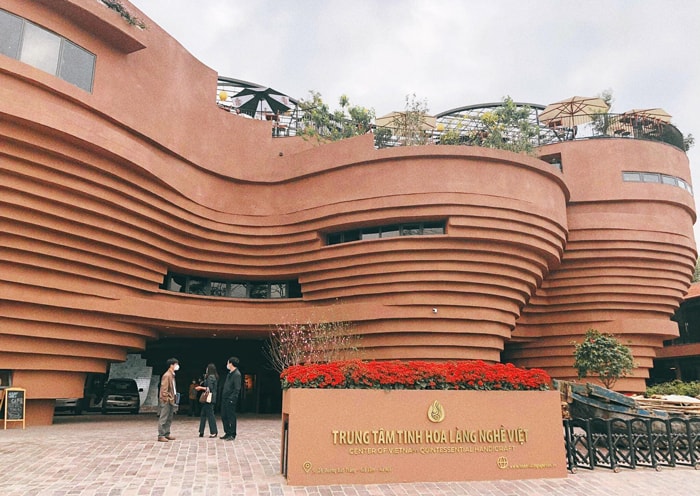Creating a Breakthrough for Vietnam Tourism in 2025
In an interview with DĐDN, Associate Professor - Dr. Phạm Hồng Long, Head of the Faculty of Tourism Studies at the University of Social Sciences and Humanities (Vietnam National University, Hanoi), emphasized that with the rapid recovery and development of the domestic tourism market, effectively tapping into this visitor segment is a key strategy to revitalize the tourism industry in the new era.

The Vietnam tourism market continues to be a strong pillar supporting Vietnam’s bright tourism outlook in the coming year. This calls for the tourism industry to undergo significant innovation and breakthroughs to retain Vietnamese tourists within their own country.
- Can it be said that Vietnam's tourism industry has "regained its pre-pandemic momentum" in 2024, Professor?
Indeed, the domestic tourism boom, especially post-Covid, is evident through compelling statistics. By the end of November 2024, Vietnam's tourism sector welcomed nearly 16 million international visitors, a 41% increase compared to the same period in 2023. Meanwhile, domestic tourism reached 105 million visits, with total revenue estimated at approximately 758 trillion VND.
According to the National Tourism Development Plan for 2021–2025, with a vision to 2045, maintaining steady growth in the domestic market is a crucial goal that requires concrete strategic implementation.
In terms of spending, although domestic tourists do not have high spending power, they tend to travel within the country multiple times. Therefore, revenue from domestic tourists has significantly contributed to the total tourism revenue in 2024 and remains a core factor in the recovery and growth of the tourism sector. Hence, effectively exploiting the domestic tourism market is a strategic direction to accelerate the overall economic recovery.
- Given the above, targeting the domestic market effectively is a key strategy to achieve the sector’s goals in the upcoming period, correct?
To attract domestic tourists, especially high-quality and high-spending segments, innovation and creativity are essential to meet their evolving needs.
Based on shifting travel trends in the "new normal," cooperation between localities, destinations, and travel businesses is necessary to develop new experience-based product groups tailored to different customer segments.
In addition to mainstream tourism products such as beach tourism, cultural-spiritual tourism, and culinary tourism, there should be a stronger focus on promoting and developing new trend products such as luxury resorts, wellness tourism, eco-tourism, cultural tourism, sports tourism, and smart tourism.
Furthermore, enhancing regional collaboration and connectivity is crucial. Strengthening linkages with businesses and localities across the country will not only leverage each region's unique strengths but also help expand the domestic tourism market. This will create promotional effects both domestically and internationally, fostering creative partnerships to form attractive travel programs that bring tourists from major hubs like Hanoi and Ho Chi Minh City to other provinces.
- With the goal of welcoming 120–130 million domestic tourists in 2025 and maintaining an annual growth rate of 8–9%, what are your insights and forecasts for Vietnam's tourism outlook in the coming years?
Achieving the target of 120–130 million domestic visitors in 2025 will require effective strategic initiatives. This ambitious goal presents both challenges and strong motivation for the entire industry.
Beyond the lesson of product innovation, it is also essential to address obstacles in transportation and travel logistics, such as airfare costs and convenient connectivity between destinations and tour routes. If addressed effectively, the domestic tourism market can serve as a strong foundation not only for the tourism sector but also for the aviation industry, with substantial potential for further growth through well-executed promotional strategies.
Ultimately, alongside the growth of international tourism, Vietnam’s tourism industry will become more resilient, achieving all its goals and contributing significantly to the sustainable development of the economy and society.
On the occasion of the Lunar New Year 2025, amid global uncertainties, I hope that tourism professionals and enthusiasts will continue to work together with stakeholders and authorities, committed to Resolution 08 – aiming to develop tourism into a spearhead economic sector.
Wishing all tourism leaders, local management authorities, and businesses good health and success in fulfilling their aspirations for a bright future.
Thank you for your insights!








